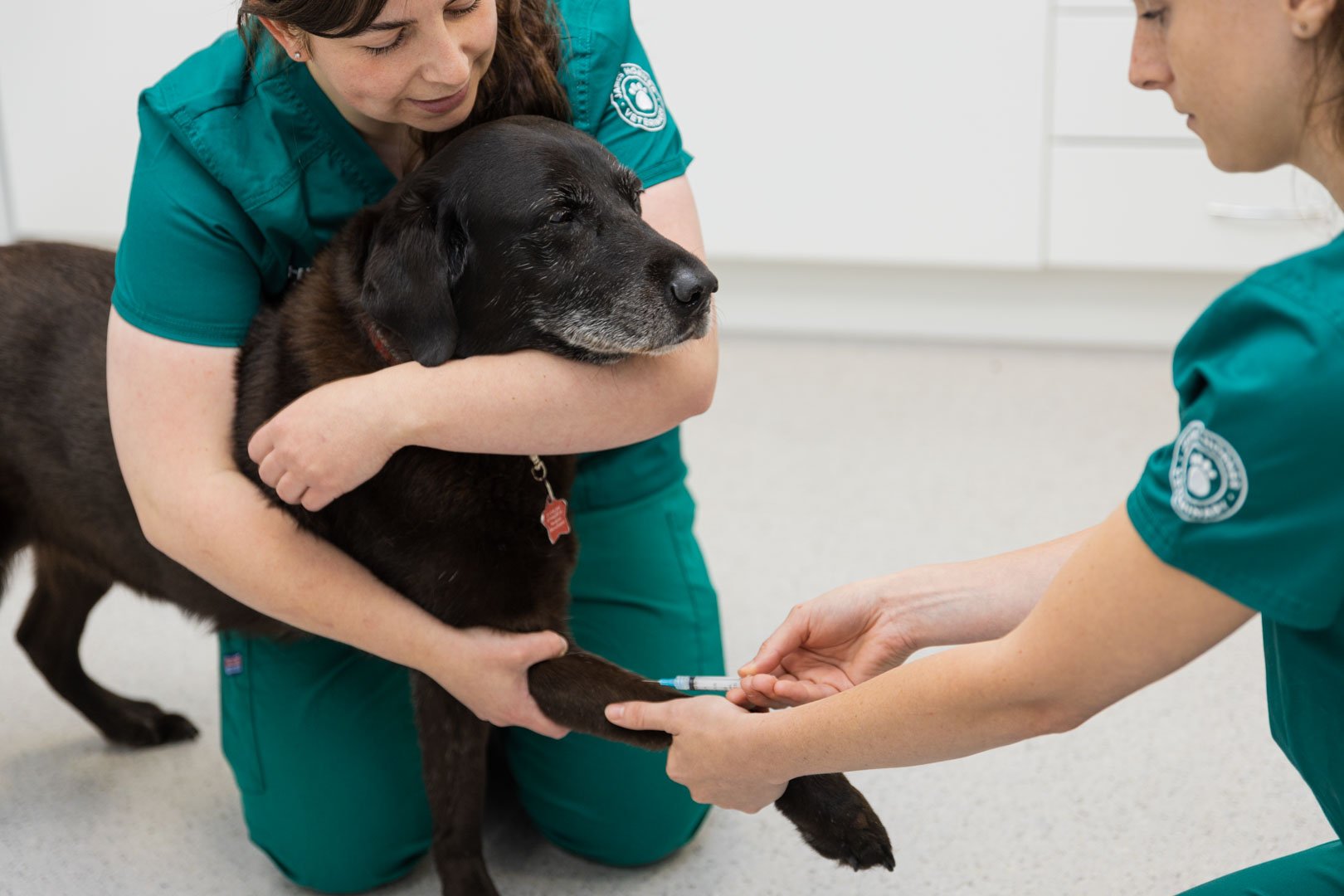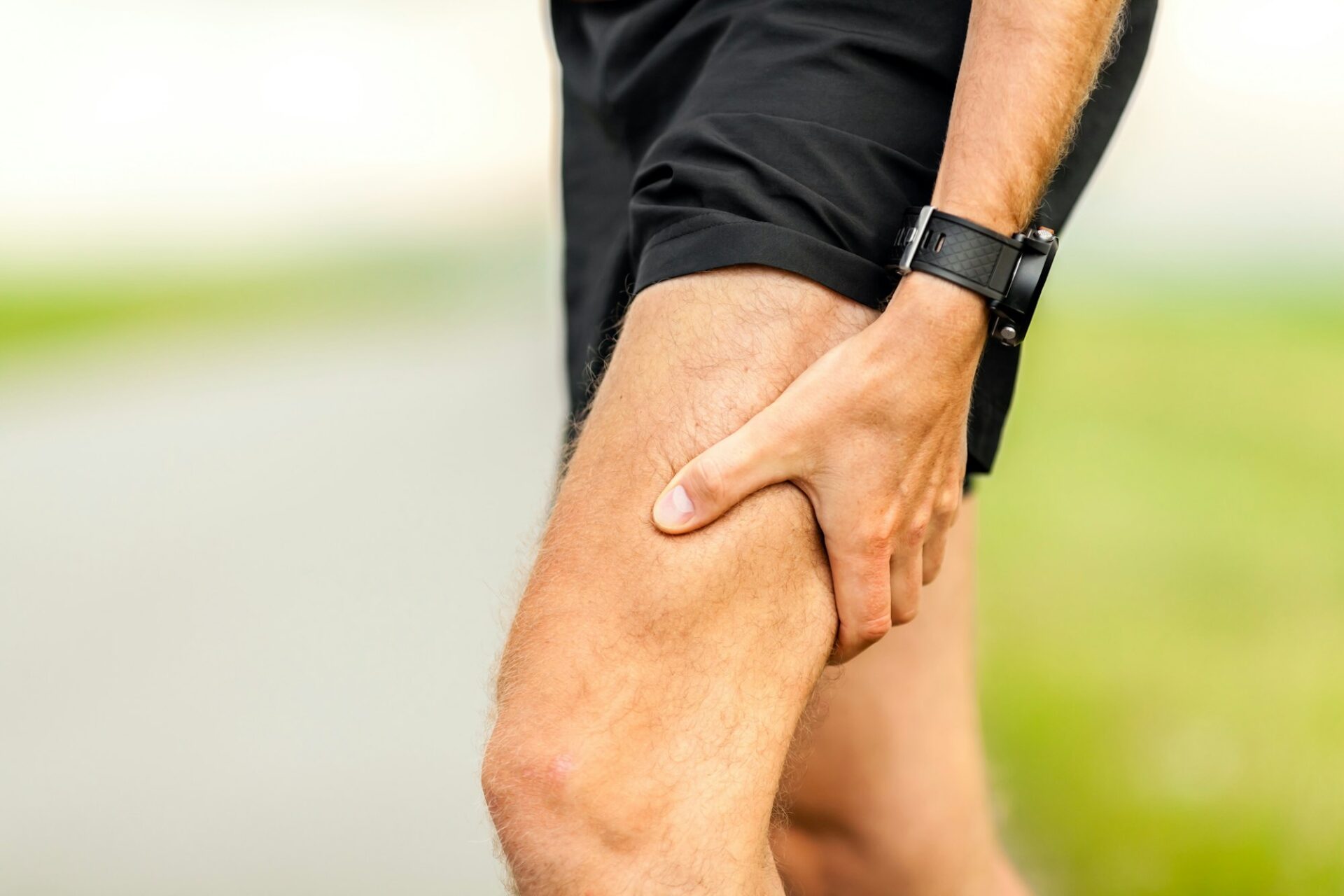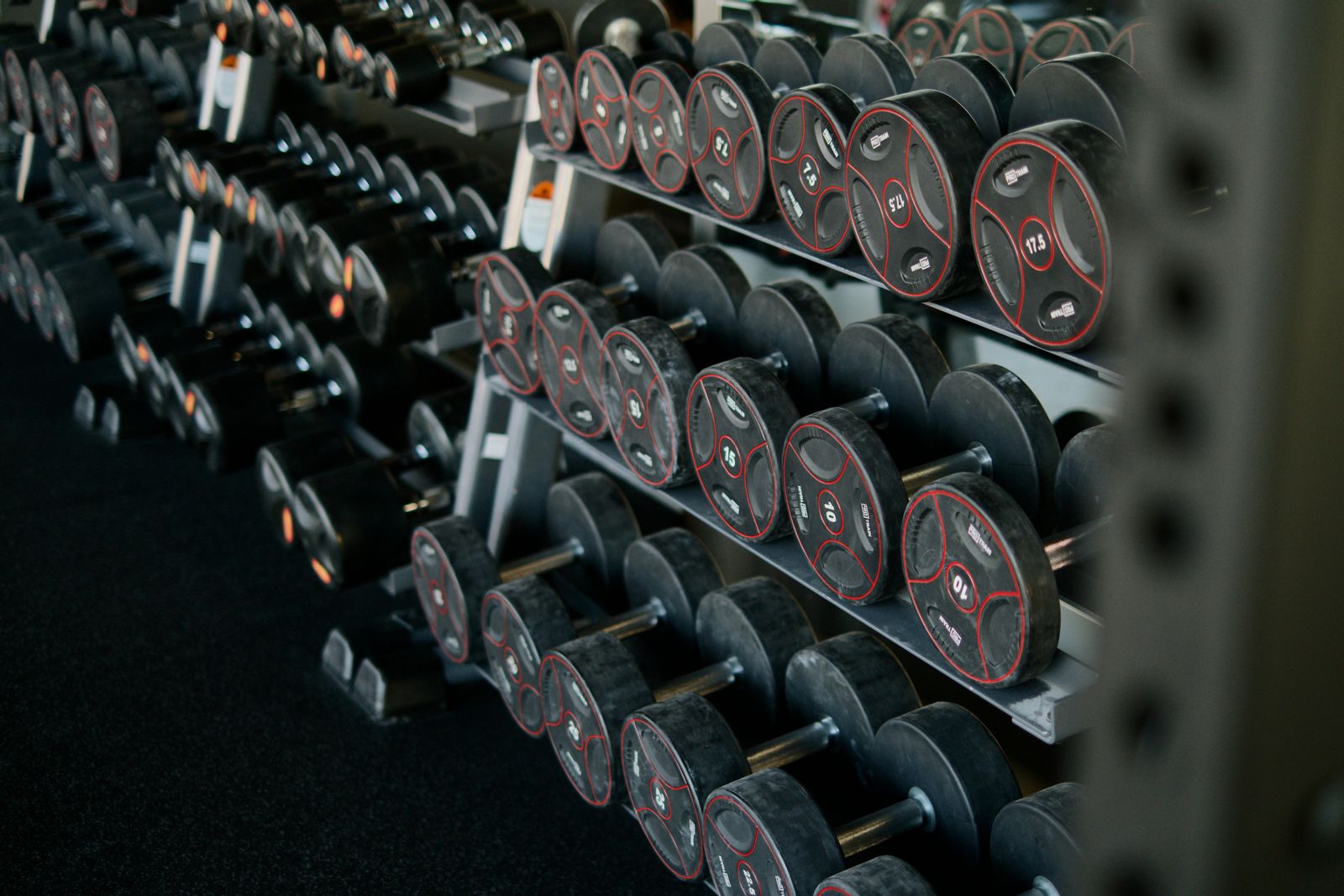Have you ever spent 2 or 3 months—or even a year—working out with barely any visible results?
Maybe you’re constantly sore, fatigued, or worse… injured. That moment hits when you ask yourself,
“Is this even worth it?”
You’re not alone—and you’re not doing it wrong. You’re just missing a smarter plan.
I’m Aaron Shaw, founder of HealthSpan PhysioCoaching and host of the HealthSpan Digest podcast. I help busy professionals and middle-aged adults improve strength, health, and longevity through evidence-based coaching. I’ve made every mistake in the gym so you don’t have to—and now I use a blend of science, behavior, and technology (like my smartphone app) to help people thrive.
In this guide, you’ll get 7 powerful resistance training tips that help you:
- Build lean muscle
- Burn fat more efficiently
- Reduce your risk of injury
- Stay consistent—even on a busy schedule
Let’s get into it.
What is Healthspan—and Why Strength Training Matters
Healthspan is the number of years you live with good health, energy, and independence. It’s not just about living longer—it’s about living better.
Of the five pillars of healthspan—Exercise, Nutrition, Sleep, Emotional Well-being, and Preventive Care—resistance training (aka strength training) delivers the biggest return. It improves:
- Metabolic health and blood sugar control
- Bone density and joint health
- Stress reduction and mental clarity
- Longevity and independence
And no, you don’t need to be a bodybuilder to benefit.
Even two resistance training sessions per week can improve your body composition, mobility, mood, and energy levels.
Tip #1: Prioritize Compound Movements for Maximum Efficiency
Compound exercises use multiple muscle groups in one move. They save time and build real-world strength.
Examples of compound exercises:
- Squats
- Deadlifts
- Pull-ups
- Lunges with overhead press
💪 My favorite move right now:
Reverse lunge + single-arm shoulder press. It activates your:
- Quads & glutes
- Core
- Shoulders
- Balance & stability
👉 Pro tip: Start with light weight and focus on form. Once you master the movement pattern, this becomes one of the most efficient total-body workouts you can do—especially when time is tight.
Tip #2: Train Close to Failure (But Not To Failure)
To stimulate muscle growth, you need to challenge your muscles.
But here’s the key: stop 1–3 reps before failure.
Pushing to absolute failure—where your form breaks down or you can’t complete a rep—increases your injury risk without extra benefits.
The sweet spot:
End each set when you feel like you could do 1–2 more reps with good form.
This method is safe, effective, and sustainable.
Tip #3: Use Progressive Overload—Intelligently
Progressive overload means gradually increasing the challenge to keep making gains.
Most people only think about adding weight, but you can also:
- Add reps
- Improve form
- Slow down the eccentric phase (lowering the weight)
If you train at home with limited equipment, slowing down your reps or increasing time under tension can still provide significant benefits.
🎯 Remember: Progress isn’t just about heavier dumbbells—it’s about consistently making your muscles work harder over time.
Tip #4: Train Each Major Muscle Group Twice a Week
Research shows training each muscle group 2x/week results in more muscle growth than once per week.
You don’t need to train daily to see results. A smart 2- or 3-day full-body plan can help you:
- Build strength
- Support fat loss
- Improve joint stability
- Stay consistent
💡Even with a busy schedule, two resistance workouts per week can deliver powerful long-term benefits.
Tip #5: Slow Down the Eccentric (Lowering) Phase
Slowing down your reps—especially on the way down—builds muscle more effectively.
Try a 4–6 second lowering phase on familiar exercises like squats or bicep curls.
This:
- Increases time under tension
- Improves form and control
- Boosts hypertrophy (muscle growth)
You’ll feel the difference almost immediately—and it’s a game-changer if you’re working with limited weights or home equipment.
Tip #6: Strength Training Boosts Fat Loss (Better Than Cardio Alone)
If your goal is fat loss, don’t skip strength training. (Check out this Healthspan Digest podcast episode!)
Muscle burns calories—even at rest. Cardio helps burn calories during your workout, but muscle continues to burn calories 24/7.
Think of it this way:
- Fat = stored calories.
- Muscle = the engine that uses those calories.
- The more muscle you build, the more fat your body can burn—without adding extra cardio sessions.
Tip #7: Prioritize Rest & Recovery
More workouts aren’t always better.
Overtraining leads to:
- Injuries
- Burnout
- Plateaued progress
Muscle repair happens during recovery—especially sleep. Aim for 7–9 hours of quality sleep, and space out training sessions so each muscle group gets 48 hours to recover.
Pro athletes prioritize rest like it’s their job. You should too.
Train hard. Rest harder.
Final Thoughts: Your Time Is Valuable—Make Your Workouts Count
If you’re over 35, juggling work, family, and your own health goals, you don’t need a perfect plan—you need a smart plan.
Use these 7 tips to build:
- Muscle
- Strength
- Energy
- Confidence
Long-term healthspanEven with just two resistance training sessions per week, you can completely transform how you move, feel, and age.
Summary of the 7 Resistance Training Tips:
- Prioritize compound movements
- Train close to failure—not to failure
- Use progressive overload (weight, reps, tempo, form)
- Train each muscle group twice per week
- Slow down the eccentric phase
- Remember: muscle burns fat
- Don’t skip recovery—especially sleep
Ready to Take Action?
If you’re ready to stop wasting time and finally see results, join my 8-week Healthspan Foundations Program or check out the Healthspan Digest podcast for more science-backed coaching.
Want a custom plan based on your schedule, goals, and injury history? Let’s connect (here)!






